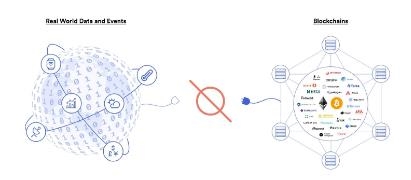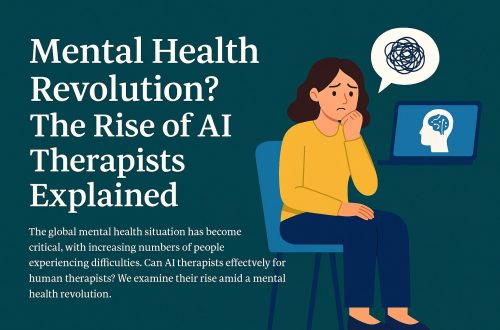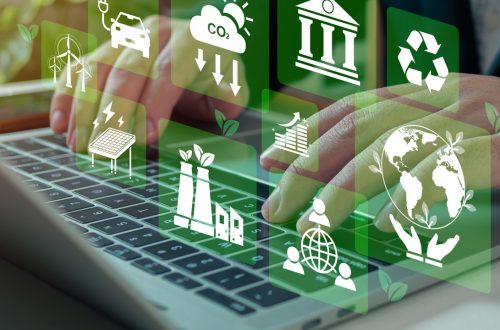In the self-governing world of blockchain, “smart contracts” are automated agreements that promise speed and openness without the need for middlemen. But these contracts only work in a closed digital space, so they can’t get to the messy flow of information in the real world. This is exactly where **blockchain oracles** come in: they are trusted bridges that bring in and send out data from outside the blockchain networks, which lets smart contracts act on events happening outside of their own chains.
A blockchain oracle is like a professional messenger that waits for requests from smart contracts. For example, a decentralized finance app that tracks stock prices may send a request to a blockchain oracle, which would then go outside the blockchain to get correct, verified data. Oracles take data from a wide range of sources, such as market prices, weather sensors, or sports results, then combine and check it before changing it into a format that a blockchain can understand. This technique gives smart contracts the ability to carry out complicated “if-this-then-that” rules with accuracy, which makes them very useful in a wide range of fields, including finance, insurance, supply chain, gambling, and more.
Oracles do more than just move data; they are part of a complex system that protects the essential values of the blockchain, which are trustlessness and immutability. External data conduits are generally centralized and easy to change, whereas decentralized oracles spread this trust across many independent nodes. They cross-check information using consensus procedures, which greatly lowers the risks that come with having a single point of failure or faulty data. The move from centralized to decentralized and hybrid oracle models has made smart contract executions far more reliable and secure. This has opened the door to much more ambitious blockchain applications.
Imagine a global insurance platform that automatically pays farmers for damage caused by floods. Without oracles, claims would have to be checked and settled by hand, which would be a lot of work. But decentralized oracles that constantly send smart contracts certified weather data make quick and seamless payouts possible. This turns slow legacy processes into very efficient workflows with less risk of fraud. As oracles combine new AI analytics with IoT sensor data, they start to operate more like a swarm of bees: they are very efficient, flexible, and self-organizing. This pushes the boundary where contracts automatically adjust to complex outside situations.
But this amazing skill has certain downsides. Oracles greatly increase the capabilities of smart contracts, but they also create new weaknesses and dependencies. This means that encryption, multi-source validation, and constant security monitoring must be very strong. Some protocols completely ignore oracles because they put security ahead of function. This shows how important it is to find the right balance between new features and careful engineering in decentralized finance and other areas.
In the end, blockchain oracles are not just extra tools; they are **fundamental pillars** that let smart contracts go beyond their isolated digital cages. Oracles connect contracts to things that happen in the real world, which makes blockchain technology useful in everyday life. This opens up a new era of trustless automation and decentralized innovation. As oracle technology gets better, it will open up more and more complicated and advanced smart contract applications, changing the way digital agreements interact with the real world.





